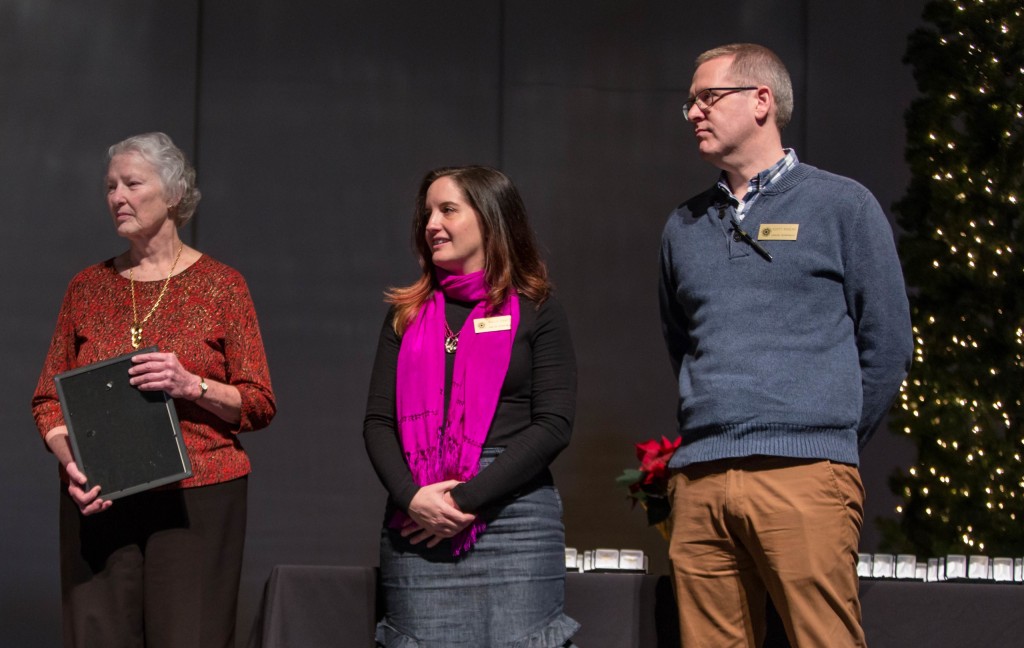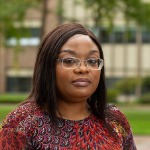Page 80 • (3,733 results in 0.036 seconds)
-
cause a delay in your endorsement.ELL/ BilingualParticipants will learn to intentionally use: Theories and Research of Language Acquisition Specific Instructional Methods Effective Management Tools Knowledge of Culture and Linguistics Differentiated Instruction Expected OutcomesTeachers completing the ELL/ Bilingual summer program are prepared to work effectively with students who are English Language Learners or Bilingual, reflect on contemporary issues and positively impact student
-

much podcasting is being done at PLU. They believe this has given students an experience to a whole other level of collaboration and commitment. Creating podcasts challenges a student’s comfort level with technology as they study what it means to explore the humanities in a digital context. Dr. Ramos hopes more Humanities professors will consider incorporating technology into their classrooms and their research. She believes that new methods and concepts can be created by exploring the different
-
Matthew Helmer Sturm-Liouville Theory and its Application 5:00pm Spencer McCray Existence of Compositional Roots of One-to-One Functions 5:30pm David Gilman The World of Polyominoes: Topics of Interest and Methods 6:00pm Justin Chase Making Mathematical Roses Morken 2162:30pm Alexandra De Fermin Cortes Is there an Association Between a Cystic Fibrosis Patient’s Demographic Variables and their Spirometry Measurements? An Application of Logistic Regression 3:00pm Wyatt Tayon Multiple Logistic Regression
-
students experience a thorough curriculum, taught by a highly qualified and cohesive full-time and adjunct faculty. Highlights of the choral music education degree include courses in elementary music methods and materials, secondary choral methods, secondary choral literature, vocal pedagogy, and four semesters of conducting. This is one of the most extensive undergraduate choral music education degrees available. PLU graduates are consistently placed in outstanding elementary and secondary school
-
Music. Our students experience a thorough curriculum, taught by a highly qualified and cohesive full-time and adjunct faculty. Highlights of the choral music education degree include courses in elementary music methods and materials, secondary choral methods, secondary choral literature, vocal pedagogy, and four semesters of conducting. This is one of the most extensive undergraduate choral music education degrees available. PLU graduates are consistently placed in outstanding elementary and
-
Thaddeus Golbeck, Senior Capstone Seminar Cancer is one of the most deadly diseases in our world with no certain cure found. Studies have found commonalities that many of the tumors show a higher concentration of hyaluronic acid (HA) near the site of the tumor. Various synthetic methods such as a step-by-step reaction, automated solid-phase, and chemoselective combined with a one-pot synthesis have been developed to synthesize hyaluronic acid. Synthesized hyaluronic acid immobilized to
-
thought, and aesthetics. His research explores the potential impact of neurotechnologies—systems that record and stimulate the nervous system—on end users’ sense of agency and embodiment. His work also interrogates neurotechnologies for their potential to exacerbate or create social inequities, in order to establish best practices for engineers. Finally, Dr. Brown’s approach to research is interdisciplinary, embedded, and relies on mixed methods; his work on interdisciplinary is aimed at encouraging
-
Students intending to attend seminary should complete the requirements for the bachelor of arts degree. Besides the general degree requirements, the Association of Theological Schools recommends the following: English: literature, composition, speech, and related studies; at least six semester-long courses. History: ancient, modern European, and American; at least three semester-long courses. Philosophy: orientation in history, content, and methods; at least three semester-long courses. Natural
-

innovative teaching methods where she incorporates multimedia resources and immersive experiences to bring the knowledge to life in the classroom. Whether through virtual cultural exchanges or hands-on projects, she continually strives to make the learning process engaging and relevant for her students. Dr. Ekani grew up in Cameroon in a nurturing environment that emphasized the value of knowledge. This laid the foundation for a lifelong commitment to education. She had the opportunity to live in various
-
Instructional Resources, Part 1: Variety is the Spice of [Student] Life By Dana Bodewes, Instructional Designer One way to increase student engagement with course content is to promote a variety of instructional resources that provide multiple perspectives or methods of delivery. When planning instructional content, consider how content posted online can enhance the learning taking place… March 15, 2016 instructional resourcesinstructional strategiesinstructional videostudent
Do you have any feedback for us? If so, feel free to use our Feedback Form.


